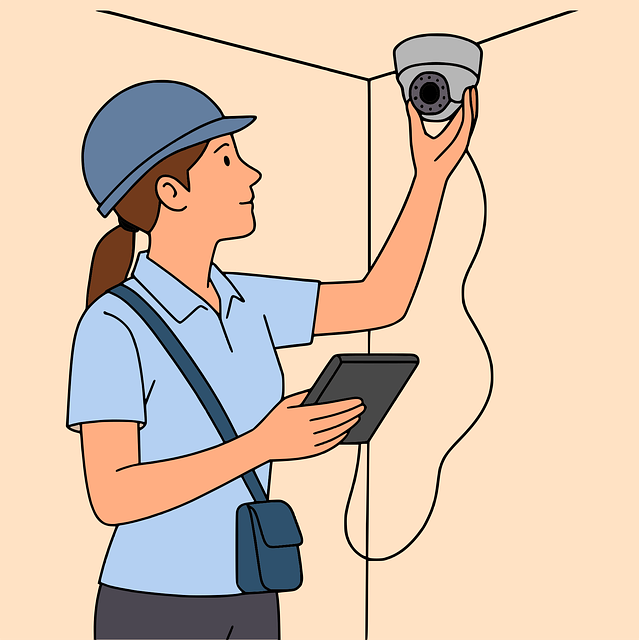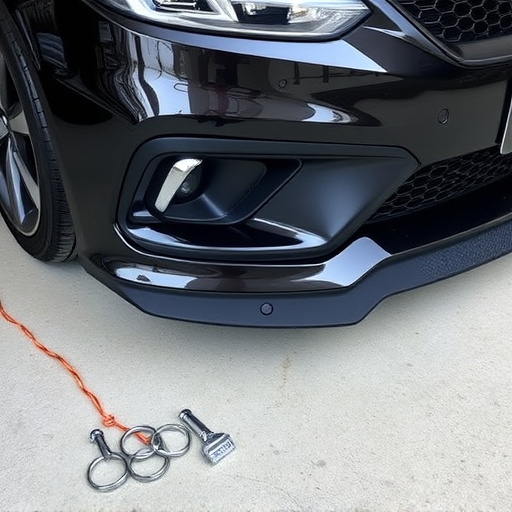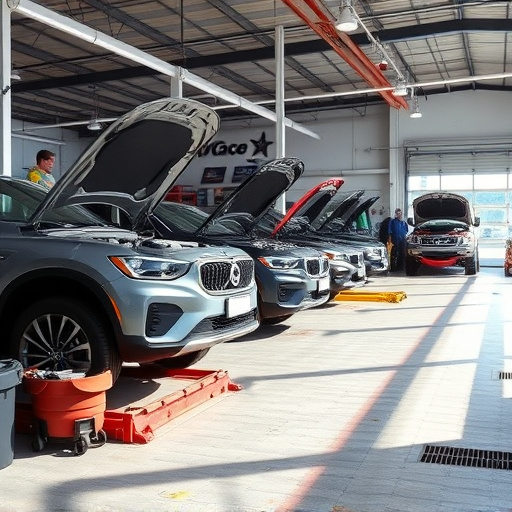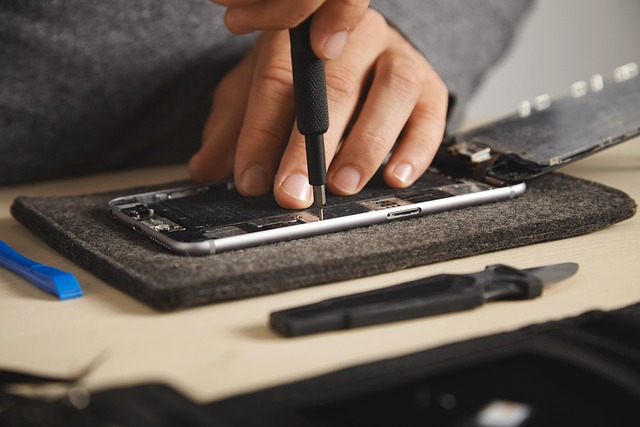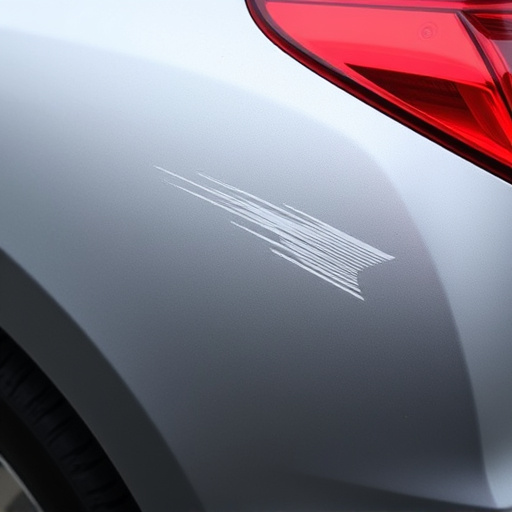A vehicle delivery inspection is a critical process for auto body repair services, ensuring quality and customer satisfaction. An effective checklist covers exterior, interior, mechanical, and safety aspects, promoting thorough documentation and accurate issue detection. This standardized approach streamlines workflows, prevents minor issues from escalating, and enhances collaboration, ultimately improving service efficiency and reputation.
Vehicle delivery inspection is a critical process that ensures smooth operations in service departments. It plays a pivotal role in managing expectations, preventing errors, and streamlining workflows. This article delves into the intricacies of the vehicle delivery inspection process, highlights key components of an effective inspection checklist, and explores how meticulous inspection practices can optimize service department efficiency, reducing turnaround times and enhancing customer satisfaction.
- Understanding Vehicle Delivery Inspection Process
- Key Components of an Effective Inspection Checklist
- Streamlining Service Department Workflow with Delicacy
Understanding Vehicle Delivery Inspection Process
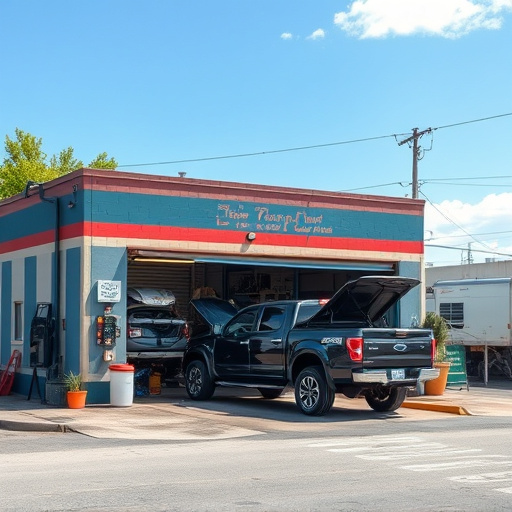
The vehicle delivery inspection is a critical process that forms an integral part of any service department’s workflow. It involves a thorough examination of a vehicle upon its arrival at the dealership or repair center, ensuring it meets the required standards and specifications. This meticulous check includes evaluating the car’s overall condition, identifying any existing damages, and assessing the need for subsequent repairs. Auto body repair experts play a pivotal role here, as they possess the skills to detect even subtle issues that might have been missed by untrained eyes.
During this inspection, various aspects are considered, including the exterior paint job, panel alignment, and the overall structural integrity of the vehicle. The process also encompasses checking the interior, mechanical systems, and all essential components. By implementing rigorous delivery inspections, body shop services can maintain high-quality standards, guarantee customer satisfaction, and streamline their workflow, ultimately leading to more efficient auto body repairs.
Key Components of an Effective Inspection Checklist
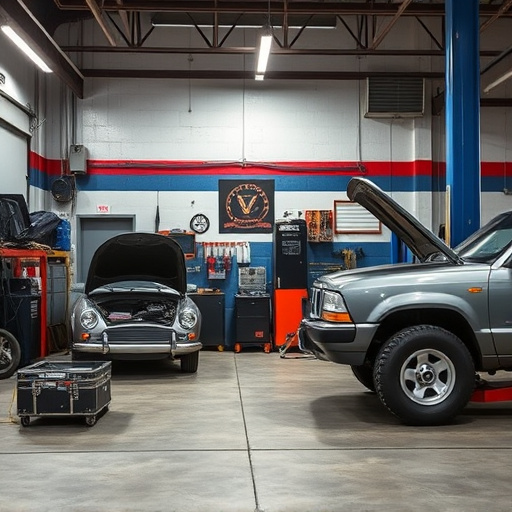
An effective vehicle delivery inspection checklist is a cornerstone for any service department aiming to streamline workflows and ensure customer satisfaction. It should encompass every critical aspect of the vehicle’s condition, from exterior and interior aesthetics to mechanical functionality. Key components include detailed sections for assessing paint job quality, checking for dings or scratches in auto body services, verifying the state of auto glass replacement, examining tire wear patterns, inspecting engine performance, and documenting any existing damage or potential issues.
A comprehensive checklist also includes verification of key systems like brakes, lighting, wipers, air conditioning, and safety features. It should encourage thorough documentation, allowing for clear communication between delivery staff, mechanics, and customers. By standardizing the inspection process through a well-crafted checklist, service departments can enhance accuracy, reduce errors, and promote efficient turnaround times, ultimately reinforcing their reputation for excellence in automotive repair.
Streamlining Service Department Workflow with Delicacy
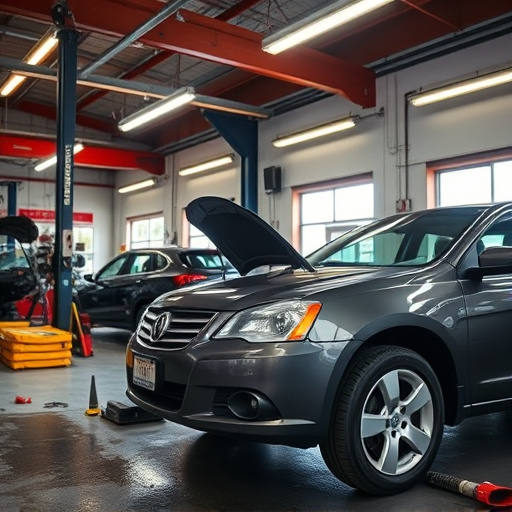
In today’s competitive automotive service industry, streamlining the workflow within the service department is paramount to maintaining efficiency and customer satisfaction. One essential practice that contributes to this goal is the implementation of a rigorous vehicle delivery inspection process. By meticulously scrutinizing each incoming vehicle, service technicians can identify potential issues early on, preventing minor problems from escalating into costly repairs. This proactive approach ensures that every car is assessed with the utmost care, allowing for accurate diagnoses and tailored solutions.
Furthermore, a well-structured delivery inspection routine enables seamless coordination between various departments, such as body shop and paint services. Technicians can efficiently pinpoint areas requiring attention, whether it’s addressing minor hail damage repair, performing luxury vehicle repair on high-end models, or touch-up auto painting to restore a car’s original luster. This streamlined process not only saves time but also enhances the overall customer experience by providing transparent updates and timely service turnaround.
Vehicle delivery inspection plays a pivotal role in streamlining service department workflow, ensuring quality control and customer satisfaction. By implementing a comprehensive inspection checklist and adopting delicate practices, service departments can significantly enhance operational efficiency while maintaining high standards of vehicle condition. This strategic approach not only simplifies post-delivery processes but also strengthens the overall customer experience.


